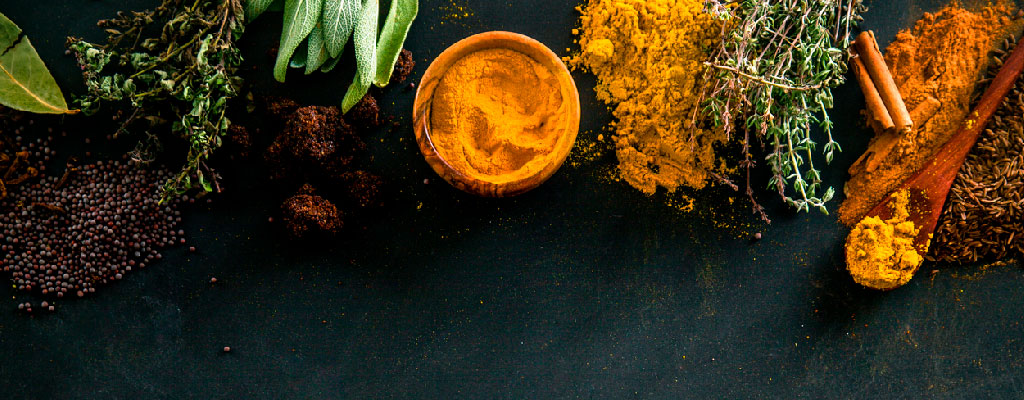February 14, 2019
The Top 7 Brewing Additives

At first glance, brewing “additives” might not sound too exciting. But don’t be fooled by its textbook-sounding name; additives are where the fun begins. Brewing additives are beer ingredients that stretch beyond the Essential 4 (water, malt, hops, yeast) - things like grapefruit peel, or lactose.
Rather than going straight into the boil, many of these ingredients are tossed in during fermentation, much like in dry-hopping. This technique prevents the additives from overpowering the soul of your beer. Instead, they add aroma and subtle flavor.
Read on to learn 7 of the most common brewing additives.
Cacao Nibs
Not just a crushed-up Hershey’s bar. Cacao nibs come directly from the cacao plant, from which Hershey’s (and all other chocolate) is made, which means it’s free from sugar and other candy chemicals. Nibs add deep, rich chocolate-y flavor to your beer.
Choose your dosage based on the degree of cocoa flavor. To start, we typically recommend 2 - 4 oz. of cacao per 5 gallons of wort. From there, play around.
Use to Make: Chocolate Milk Stout
Lactose
Most famous for its use in Milkshake IPAs, lactose is a milk-based sugar that yeast cannot fully ferment. As such, it adds both body and sweetness to your brews. The resulting mouthfeel is so creamy, it feels like you’re sipping on a milkshake. Hence: the Milkshake IPA.
But lactose isn’t limited to just one style. Its unfermentable sugars leave cream and sweetness in any beer you please. Anything with “milk” in the name probably contains lactose.
Use to Make: Milkshake IPA, Milk Stout, Sweet Stout
Honey
While honey might make you think of mead, this fermentable sugar is actually a great addition to many beer styles. Adding honey increases ABV, making it a great choice for strong brews that age well. You’ll often find honey in holiday beers, but it can add lightness and ABV to almost any style.
Use to Make: Seasonal/Holiday Beers, Honey Weizen, Honey Brown Ale, Honey Kolsch… Honey anything, really. Also: mead.
Oak
If you want barrel-aged flavor but (shockingly!) don’t have any antique wooden barrels lying around, consider added oak chips, cubes, or spirals to your beer. For lingering notes of bourbon, tequila, or other classic liquor, soak the oak in those spirits before adding.
Of course, if you really want to ball out, you could just get a real oak barrel. There’s something unmistakably badass about having a Brew Cave that looks like it was stocked by an 18th century pirate ship. Just sayin’.
Use to Make: Bourbon Barrel Porter, Imperial Stout<>, oaked wine (if you’re into that).
Spices
Before brewers began using hops to make beer (gasp - talk about the Dark Ages!), they used good old fashioned herbs and spices. While we now consider hops essential to brewing, spices are still a great way to amp up the complexity of your beer.
The most common spices found in beer are coriander seed, cinnamon, ginger, and lemongrass, but once you start to experiment, the possibilities are virtually endless. Test out something classic, or just go wild.<
Use to Make: Witbier, Ginger Snap Saison, Oatmeal Stout>, and anything else your mind invents.
Peels
A staple for citrusy brews. This category includes a wide variety, such as orange peels, grapefruit peels, lemon, lime... anything that puckers.
For example, orange peels are a classic addition to Belgian Ales. They come in both sweet and bitter orange peels. Both varieties work well in Belgian Ales, so test ‘em both out and decide for yourself! A tip: some say sweet orange peels remind them more of Grand Marnier or Cointreau.
Use to Make: Belgian Ale, Belgian Dubbel, Witbier, American Wheat, anything citrusy.
Crystallized Citrus
The upgraded version of the peel. Citrus peels contain varying amounts of white pith, not just the top zest layer. This pith can have some astringent bitterness to it. As a result, peels sometimes give your brew a more bitter taste than you bargained for.
We recently switched many of our recipes from peel to crystallized lemon/grapefruit/etc. Overall, we found that crystallized citrus has a purer, more enjoyable flavor. Try it out for yourself and let us know what you think.
Use to Make: Lemon Shandy, Lemon Saison, Grapefruit IPA, anything citrusy.
Want to keep reading?
RECIPE: Fresh, Healthy Ginger-Orange-Carrot Soda
